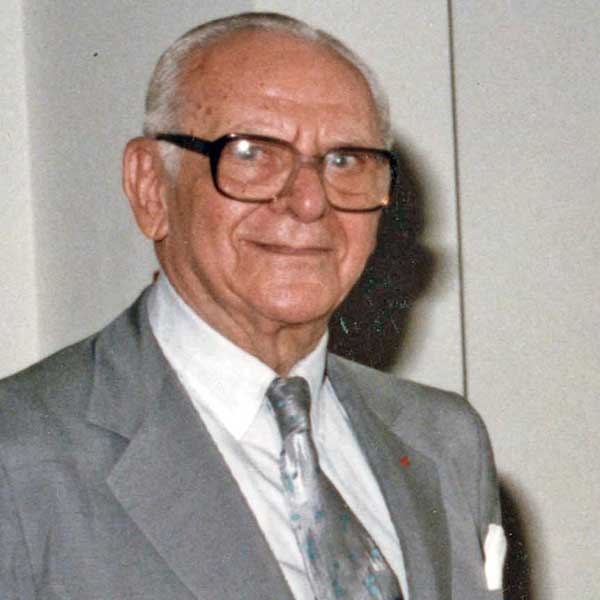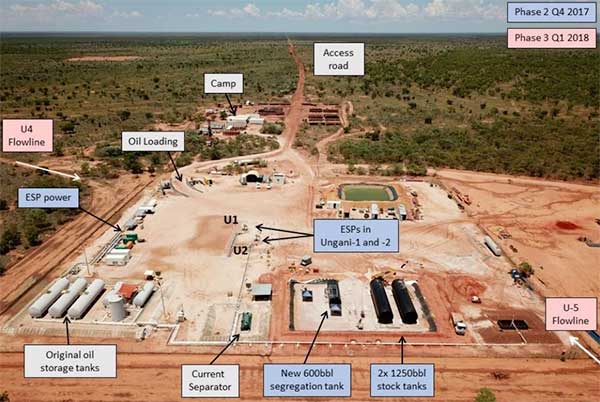This little known oil explorer looks like it’s on its way back
Energy
Energy
Unlocking tightly-held geological secrets is not easy, as a legendary American oilman, Armand Hammer discovered when exploring outback Western Australia more than 30 years ago.
But that’s exactly what a small Australian company, Buru Energy (ASX:BRU) believes it might be close to doing.
Investor interest in Buru has been increasing over the past 12 months, partly because the price of oil has been rising, and partly because Buru has found enough oil to be become a modestly profitable producer – which is something a lot of small oil stocks never achieve.
Over the past 10 months Buru’s share price has doubled from 16c to recent sales at 32c, with a three-year high of 38c reached in mid-January.
It’s an encouraging upward trend that masks the fact that six years ago Buru was trading as high as $3.50.
>> Here’s a list of notable Australia-focused ASX small cap oil and gas stocks
The key to the revival of Buru — as it was for Hammer’s activity in Australia in the early 1980s — is a vast tract of the outback in the north-west of WA called the Canning Basin, a region bigger than Germany and almost as big as the home of oil, Texas.
Occidental Petroleum, the company Hammer ran on a very personal basis, made the best oil discovery in the Canning when it found the small Blina field in 1981.

Blina was big oil news at the time because it had taken 25 years of exploration by a number of companies to find anything of significance.
It became even bigger news when Hammer, who had enjoyed success in the oil-rich North African country of Libya, described the Blina strike as “the best since Libya”.
It wasn’t but that comment reverberated around the world, sparking a rush to the Canning Basin, which eventually petered out when follow-up drilling produced dry holes.
Buru, led by a highly-qualified chief executive in Eric Streitberg, has been following the trail blazed by Hammer and others, though like the early explorers it has been tough going despite the ever-present prospect of something big just waiting to be found.
What’s kept Buru going over the past few years of ultra-low oil prices is a small conventional oilfield called Ungani which was discovered in 2011 and which is currently producing at a rate of 1250 barrels of high-quality oil a day, while also being expanded to 3000 barrels a day
Because of its remote location and a lack of nearby pipeline to a market, or port for export, Ungani’s oil is trucked 800km to the far north WA port of Wyndham where there is an 80,000-barrel storage tank.
Profits from Ungani, despite the long haulage distance are quite good with Buru reporting that the operating margin, even when Brent-quality oil was selling for $US50 a barrel, was between $A25-and-$A30 a barrel.
Those numbers will be looking a lot better today with the Brent (or European) oil price approaching $US75 a barrel.
With cash flowing from production at Ungani, Buru is now accelerating its search for more oil in its vast tenement holding which covers 5.4 million acres (2.2 million hectares) of the Canning Basin.

The exploration plan has two objectives with the first being to find Ungani “look-alikes” with four wells planned for the northern dry season which starts soon.
The second target, large-scale unconventional (or tight) gas is not progressing quickly because of a WA Government ban on rock fracturing, or fraccing, to free trapped oil and gas.
For investors a reason to follow Buru is the potential for more Ungani-like oil pools with drilling activity providing the news events with the potential to move the market.
Buru is not a widely-researched company because of the struggle to discover the big commercial quantities of oil and gas predicted by theoretical geologists, and the sector wide setback cause by the 2014 oil-price crash.
That low-profile could change as exploration crews return to the Canning Basin dries out after the wettest northern wet season in 50 years and rigs can start turning again.
Hartleys, a Perth-based stockbroking firm, has maintained its interest in Buru, telling clients earlier this year that the exploration program just starting had a high probability of finding Ungani lookalikes which could see the stock trade as high as 66c over the next 12-months.
For risk averse investors small oil explorers are unappealing.
But for investors with an eye on the rising oil price and an exploration project built around a proven discovery which is producing profitable oil Buru’s upcoming drilling campaign could provide an exciting ride.
This article does not constitute financial product advice. You should consider obtaining independent advice before making any financial decisions.